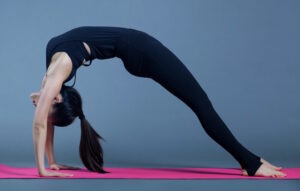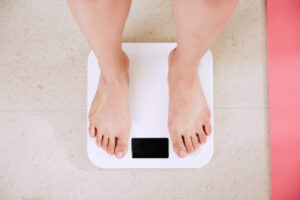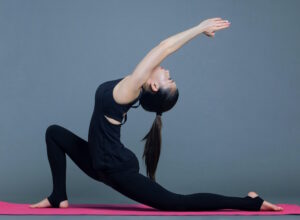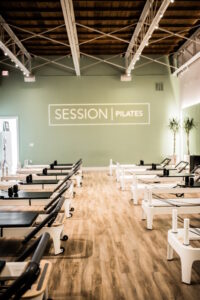
Maintaining proper posture is essential for overall health and well-being. Poor posture can lead to muscle imbalances, joint discomfort, and decreased mobility. Pilates, a mind-body exercise system, offers a holistic approach to correcting and improving posture. By focusing on core strength, body awareness, and alignment, Pilates can help individuals develop better posture, alleviate postural imbalances, and enhance overall body alignment. In this article, we will explore how Pilates can aid in body alignment, discuss factors that contribute to improved posture, examine the benefits of Pilates for health and well-being, and define the correct alignment for optimal posture.
Does Pilates help with body alignment?
Yes, Pilates can be highly effective in improving body alignment. Pilates exercises target the deep core muscles, including the transversus abdominis and the muscles of the back, which play a crucial role in supporting proper alignment. By strengthening these muscles, Pilates helps to stabilize the spine, pelvis, and shoulders, promoting a more aligned posture. Additionally, Pilates emphasizes body awareness and encourages mindful movement, allowing individuals to identify and correct postural imbalances. Through a series of exercises that focus on balance, symmetry, and spinal mobility, Pilates helps individuals develop a heightened sense of body alignment, leading to improved posture and overall body mechanics.
What can improve posture and body alignment?
Improving posture and body alignment involves a combination of factors. Besides engaging in regular Pilates practice, there are several additional methods that can contribute to better posture. These include:
1. Ergonomic adjustments: Ensuring proper ergonomics in daily activities, such as sitting at a desk or lifting objects, can help maintain good posture and reduce strain on the body.
2. Stretching and flexibility exercises: Incorporating stretching and flexibility exercises into your routine can help lengthen tight muscles and increase joint mobility, supporting better alignment.
3. Postural awareness: Being mindful of your posture throughout the day and making conscious adjustments can gradually retrain your body to adopt a more aligned position.
4. Strength training: Strengthening the muscles of the core, back, and shoulders through exercises like Pilates can provide the necessary support for improved posture and body alignment.
How Pilates can improve your health and wellbeing?
Pilates offers numerous benefits for overall health and well-being. By promoting proper alignment, Pilates helps to alleviate muscle imbalances and reduce strain on the body, leading to decreased pain and discomfort. Regular Pilates practice can enhance core strength, flexibility, and muscular endurance, resulting in improved physical performance and functional movement. Moreover, Pilates encourages mindful breathing and focuses on the mind-body connection, promoting relaxation, stress reduction, and mental well-being. The controlled and precise movements in Pilates also cultivate body awareness, coordination, and balance. By addressing both physical and mental aspects, Pilates fosters a sense of overall health, vitality, and improved quality of life.
What is the correct alignment for posture?
The correct alignment for posture involves a neutral position of the spine, pelvis, and shoulders. In a standing posture, the spine should maintain its natural curves, with the head aligned over the shoulders, the shoulders aligned over the hips, and the hips aligned over the ankles. The pelvis should be in a neutral position, neither tilting too far forward nor backward. The abdominal muscles should be engaged, providing support to the spine. In Pilates, exercises such as the Pilates neutral spine, pelvic curls, and shoulder bridges help individuals develop an understanding of this optimal alignment. It is important to note that correct posture may vary slightly between individuals based on their body structure and specific postural needs. Working with a qualified Pilates instructor can provide personalized guidance for achieving and maintaining correct alignment for individual posture.
Pilates offers a comprehensive approach to improving posture and body alignment. By targeting core strength, body awareness, and alignment, Pilates exercises help individuals develop better posture and alleviate postural imbalances. Pilates is complemented by ergonomic adjustments, stretching, postural awareness, and strength training to further enhance posture and alignment. Beyond physical benefits, Pilates promotes overall health and well-being by reducing pain, enhancing physical performance, fostering relaxation and stress reduction, and improving mental well-being. The correct alignment for posture involves a neutral position of the spine, pelvis, and shoulders, with the head, shoulders, hips, and ankles aligned. Working with a qualified Pilates instructor can provide personalized guidance for achieving and maintaining correct alignment for individual posture, leading to improved overall health and a more aligned and balanced body.








